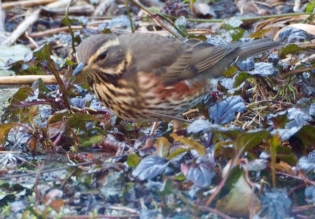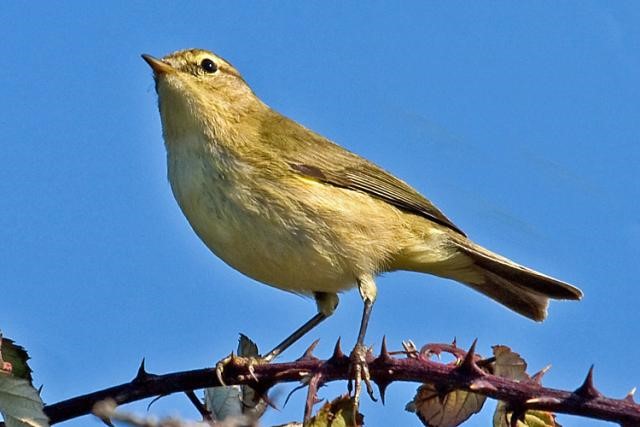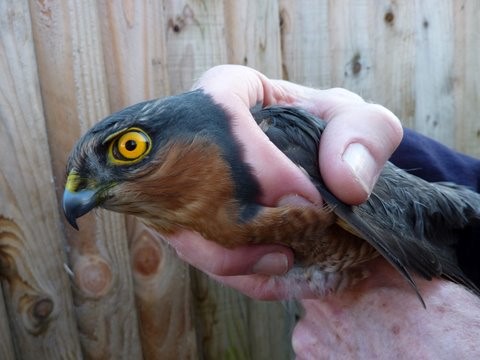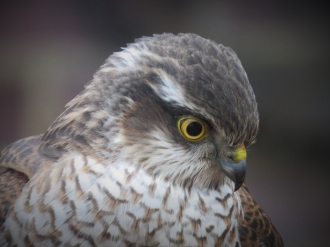LIFELINE - NOVEMBER
Last month saw winter visitors arriving from Scandinavia – like this redwing photographed in a Farleigh garden – while it was still possible to see summer visitors like this chiffchaff fattening-up on aphids before leaving for Africa.


November, especially if the temperature drops suddenly, will see increasing numbers of birds taking advantage of our garden feeders as their natural food supply begins to dwindle, their ranks swollen by the many juveniles hatched this year. However, only a quarter of these youngsters are destined to survive the winter. Disease and hunger exact the greatest toll, but inexperienced birds also fall prey to predators. It’s not always what you want to see, but the visit of the incredibly fast and agile sparrowhawk is nearly always over in the blink of eye as it snatches a bird from a feeder or the ground and flies off – the prey may, of course, be a sick or elderly bird with slow reactions. In addition to the daily predations of local cats, I’ve twice been visited by these spectacular birds in the last few days.

The male (a third smaller than the mainly brown female) is a beautiful mixture of slate-blue and russet, with a piercing yellow eye (and piercing claws too – I’m holding this one very carefully!).
There is clear scientific evidence that sparrowhawks are not the cause of declines in songbird numbers. In fact, they suffer the same problems as all other birds: two thirds of those that fledge die in their first year, and a third of adults die each year too. If it survives to breed, its expected lifespan is only 2.7 years. Most youngsters die of starvation because they can’t catch enough food.

Back in January, this inexperienced youngster spent at least half an hour outside my kitchen window trying to catch one of the dozen sparrows it had chased into a bush. One-by-one, each time the hawk was on the other side of the bush, the wily sparrows escaped, so the bird may well not have eaten that day. If this happens on a short winter day, failure to feed and put on enough fat to see it through a freezing night could well prove fatal.
As sparrowhawks like to surprise their prey it’s a good idea to move your feeders around the garden so hawks can’t always nip round a familiar corner to grab their victim. But if you have several feeders, dominant great tits, for example, will monopolise the safest ones (close to a bush for cover) forcing younger inexperienced birds to use the ones furthest away from it!








Make A Comment
Comments (2)